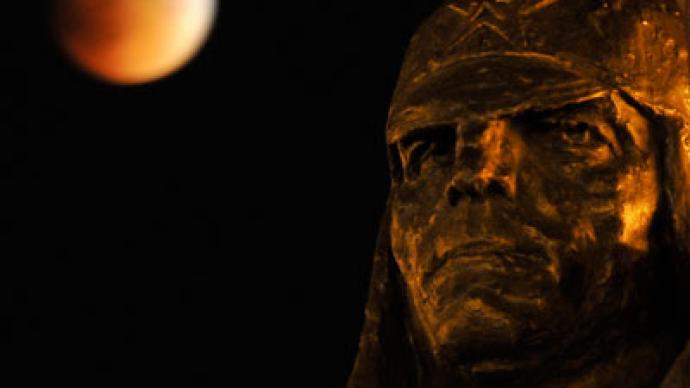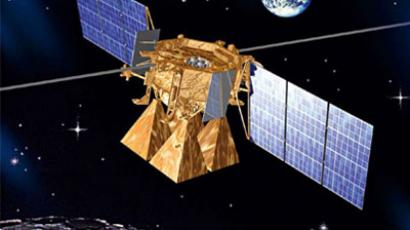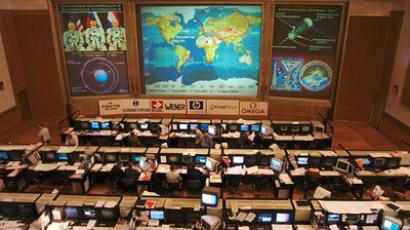Russia rejoins Space Race with launching of new Moon program

Russia’s next unmanned mission to the Moon will be launched in 2015 – the Russian space agency has said that three lunar exploration missions will be launched in the next five years from a cosmodrome under construction in country’s Far East region.
The first space launch to be made from Cosmodrome Vostochny in 2015 will be the lunar mission ‘Luna-Glob-1’ (Lunar sphere), Roscosmos head Vladimir Popovkin announced. “There is every reason to believe that Cosmodrome Vostochny will be operational as scheduled in 2015,” Popovkin said, adding that the moon missions from Vostochny will be launched using Soyuz-2 rocket boosters. Initially, Russia’s Moon exploration program planned for three missions to be launched from Kazakhstan’s Baikonur Cosmodrome in 2013 and 2014. But the crash of the ambitious ‘Phobos-Grunt’ module in November 2011 forced a revision of both the program’s timetable and the modules’ technical designs.The ‘Luna-Glob-1’ module will be loaded with only 20 kilograms of scientific equipment instead of the previously planned 34 kilograms. The 1.2-ton module has been stripped of its drilling device, and its main task will now be testing a new surface landing platform. Luna orbital scientific module ‘Luna-Glob-2’ is planned for launch in 2016. And in 2017, the three-ton Russian-Indian module ‘Luna-Resurs’ (Lunar resource), carrying advanced scientific equipment, will launch for the Moon.The new missions will mark Russia’s return to the Moon after a 40-year hiatus – Russia’s last lunar mission was completed in 1973, during the Soviet era.Russian scientists have already chosen six landing points on the Moon for future missions. They are equally distributed between the Moon’s north and south poles. Scientific interest in the Moon’s polar areas was sparked by the discovery of water ice in those regions, which could theoretically be used to produce fuel for future spaceflights and the exploration of the Solar System.
Cosmodrome Vostochny: Russia’s gateway to the Moon
In mid-2012, Roscosmos began construction of the Vostochny Cosmodrome near the town of Uglegorsk in the Amur territory of Russia’s Far East. Russian President Vladimir Putin announced plans to invest $1 billion into the construction of Vostochny, which is situated near the Chinese border. The project is a top priority for Russia’s space exploration program, as it will lessen Moscow’s dependence on the Baikonur Cosmodrome in Kazakhstan, which is currently Roscosmos’ primary launch facility.Initially, Vostochny Cosmodrome will feature two launch pads, one each for light- and medium-class Soyuz-2 rocket boosters. The pads are due to be completed by 2015. In December 2012, Director General Gennady Raikunov of the Central Engineering Research Institute, which is overseeing the construction of the cosmodrome, reported that the concrete foundations of the rocket-firing surfaces and the gas vent channels have been completed.“Works at the construction site of Cosmodrome Vostichny are in full swing,” and the project is being financed properly and the launch pads will be ready in time, Raikunov said. A launch pad for the heavy-class rocket booster ‘Angara’ will be ready by 2018, he added.Beginning in 2018, Vostochny will be capable of performing manned space launches.














